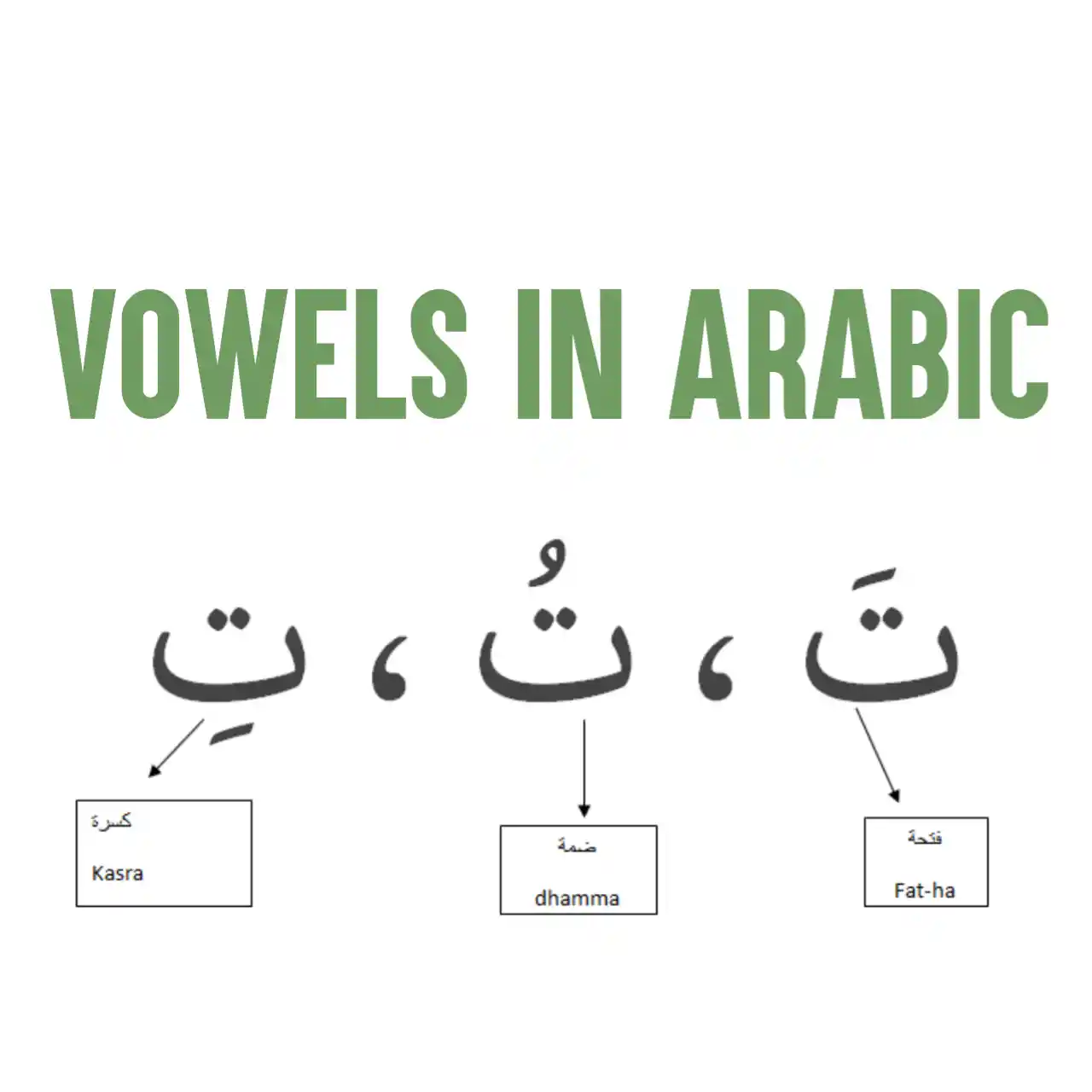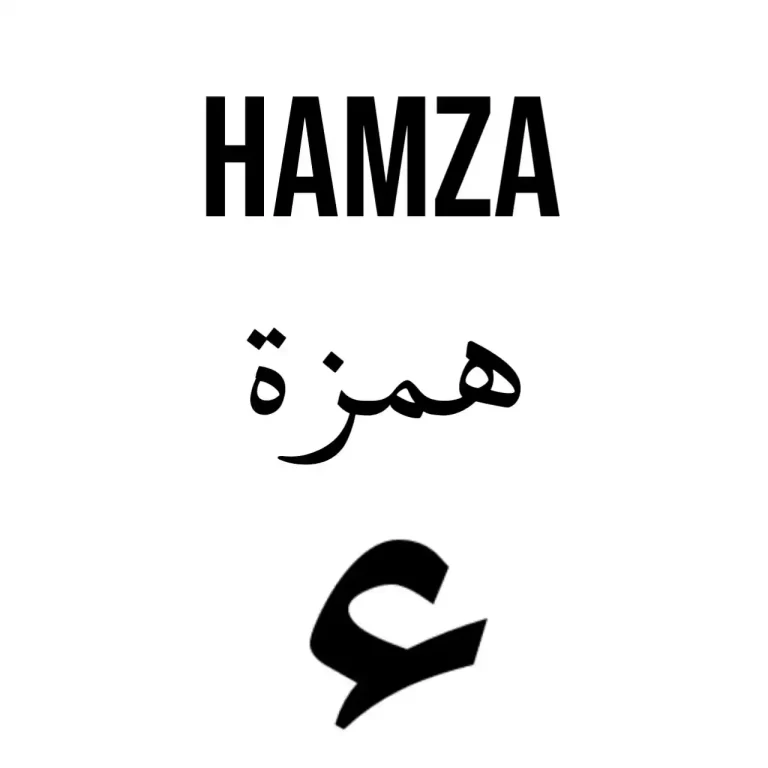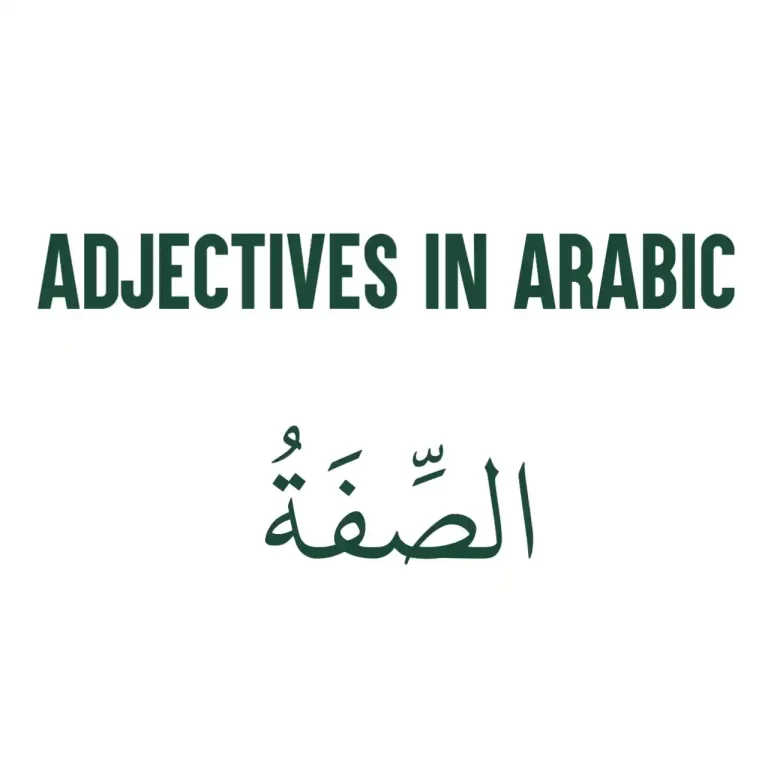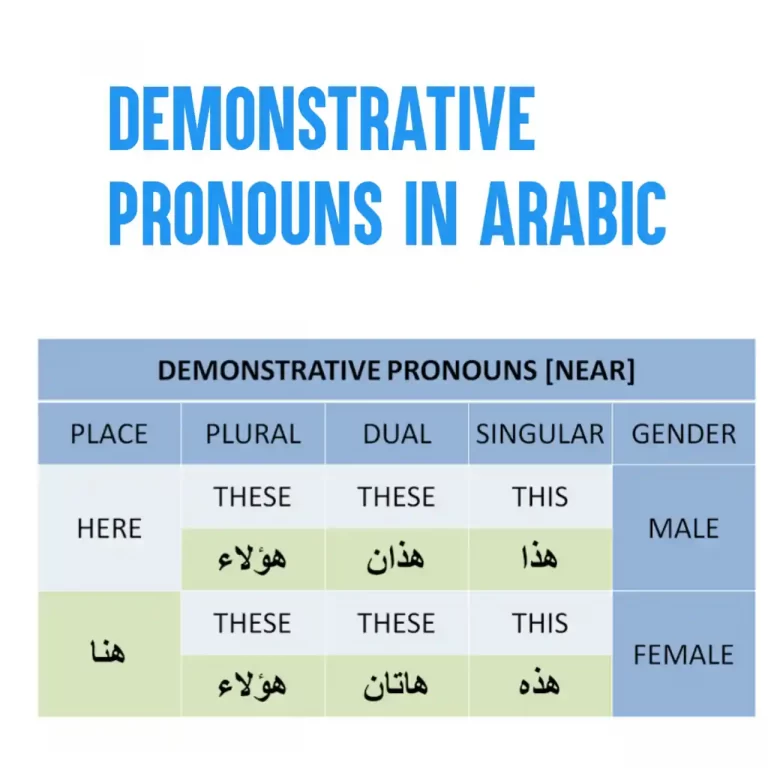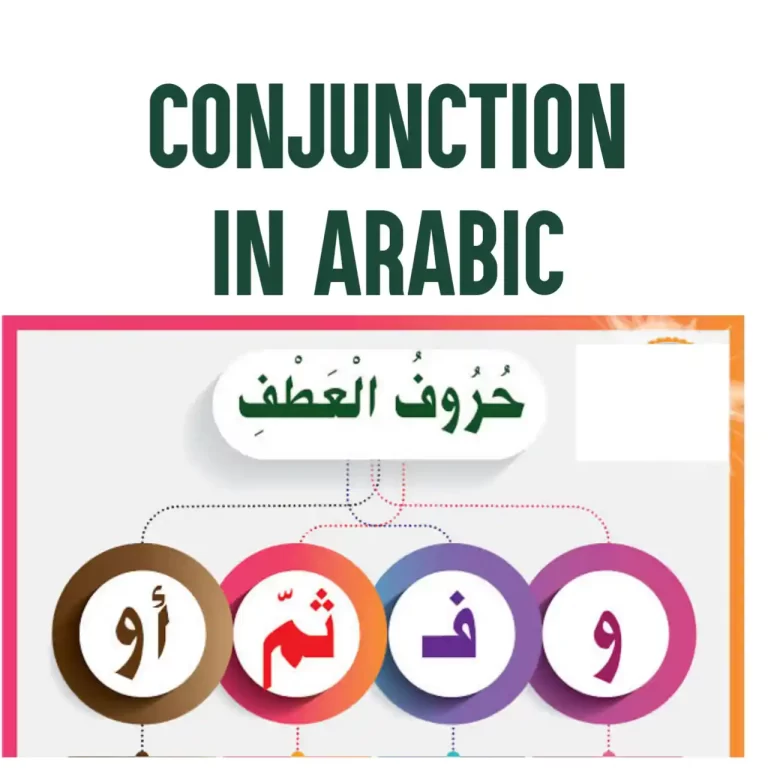Vowels In Arabic: All Short And Long Arabic Vowels
The vowel sounds of Arabic play a critical role in determining the meaning of words. In many cases, the difference between two words is the presence or absence of a single vowel sound.
Advertisements
In this lesson, we introduce all the vowels in Arabic. This covers everything you need to know to get started with reading and pronouncing Arabic correctly.
Vowels In Arabic
Vowels in Arabic are known as harakat حَرَكَات, the singular of which is harakah حَرَكَة. They are not part of the Arabic letters, however, they are simple and limited. Arabic vowels are little symbols, which are written either above or below a letter. They are simple in that they are easily produced which makes the articulation of words straightforward.
How Many Vowels in Arabic?
Arabic has only three vowels, these vowels are [a], [i], and [u]; and for each short vowel, there is a corresponding long vowel. So, the total number of Arabic vowels are six.
What Are The Short Vowels In Arabic?
The short vowels in Arabic are called الحَرَكَاتُ الْقَصِيرَة (harakarul qaseerah). Short vowels are not represented in Arabic script with letters, but with diacritical marks called Harakat / حَرَكات (literally means motions) which are placed above or below the letter they follow.
Advertisements
It worth noting that these vowels are not written in Modern Standard Arabic, but try written in the Quran, religions books, children’s books, and grammar books in order to ensure that words are pronounced correctly.
RELATED: Conjunction In Arabic: A Quick And Easy Guide
How Many Short Vowels in Arabic?
In Arabic, there are 3 short vowel-marks. The short vowel-marks enable the letter to make a sound in a similar way to the English language. The three Arabic short vowels are:
- The fatha
- The kasra
- and The dhamma
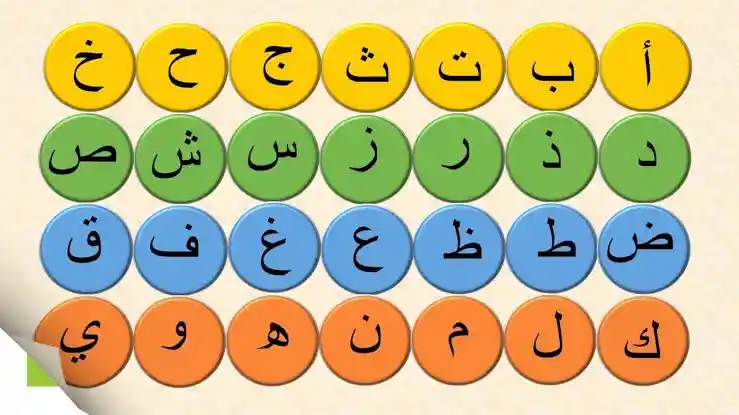
Arabic Short Vowels
Arabic short vowels are represented by three diacritical marks placed above or below the consonant that precedes them.
In the same way a word cannot be made in the English language without one of the 5 vowels, in Arabic one cannot make a word without a vowel being used.
Advertisements
For example, by changing the diacritical mark that accompanies the word علم, multiple words are generated: عَلِمَ ‘he knew’ is an active verb, عُلِمَ ‘was known’ is a passive verb, عِلْم ‘science’ is a noun, عَلَم ‘flag’ is a noun, عَلَّمَ ‘to educate’, among other words.
Therefore, it essential that learners of Arabic learn how to add them to words from the outset of their learning. The Arabic short vowels are as follows:
Fatha In Arabic
Fatha, written in Arabic as الْفَتْحــَــة is a short vowel and is represented by a single horizontal line above the letter.
Advertisements
The fatha is the short diagonal stroke above the letter. It is used to represent the sound [a] and the mark is represented by (ــَـ).
Examples
- He went ذَهَبَ
- He washed غَسَلَ
- He wrote كَتَبَ
Kasra In Arabic
Kasra is written in Arabic as الْكَســْــرَة. Kasra is a short vowel and is represented by a single horizontal line below the letter.
It is the short diagonal stroke below the letters. The kasra is used to represent the sound of the letter [i] in Arabic.
Examples
- Tongue لِسَان
- Girl بِنت
- He heard سَمِعَ
Dhamma In Arabic
Dhamma, written in Arabic الضَّمــَّــة is the letter which is similar in shape to the Arabic character. It is a small waaw (و) added above the letter. The is represented by dhamma (ــُـ) and pronounced as [u] sound in Arabic.
Example
- Ball كُرَة
Arabic Letters With Vowels (Short Vowels)
Here is the list of Arabic letters with vowels:
| Arabic Letters | Fatha | Kasra | Dhamma |
| ا | أَ | إِ | أُ |
| ب | بَ | بِ | بُ |
| ت | تَ | تِ | تُ |
| ث | ثَ | ثِ | ثُ |
| ج | جَ | جِ | جُ |
| ح | حَ | حِ | حُ |
| خ | خَ | خِ | خُ |
| د | دَ | دِ | دُ |
| ذ | ذَ | ذِ | ذُ |
| ر | رَ | رِ | رُ |
| ز | زَ | زِ | زُ |
| س | سَ | سِ | سُ |
| ش | شَ | شِ | شُ |
| ص | صَ | صِ | صُ |
| ض | ضَ | ضِ | ضُ |
| ط | طَ | طِ | طُ |
| ظ | ظَ | ظِ | ظُ |
| ع | عَ | عِ | عُ |
| غ | غَ | غِ | غُ |
| ف | فَ | فِ | فُ |
| ق | قَ | قِ | قُ |
| ك | كَ | كِ | كُ |
| ل | لَ | لِ | لُ |
| م | مَ | مِ | مُ |
| ن | نَ | نِ | نُ |
| ه | هَـ | هِـ | هُـ |
| و | وَ | وِ | وُ |
| ي | يَ | يِ | يُ |
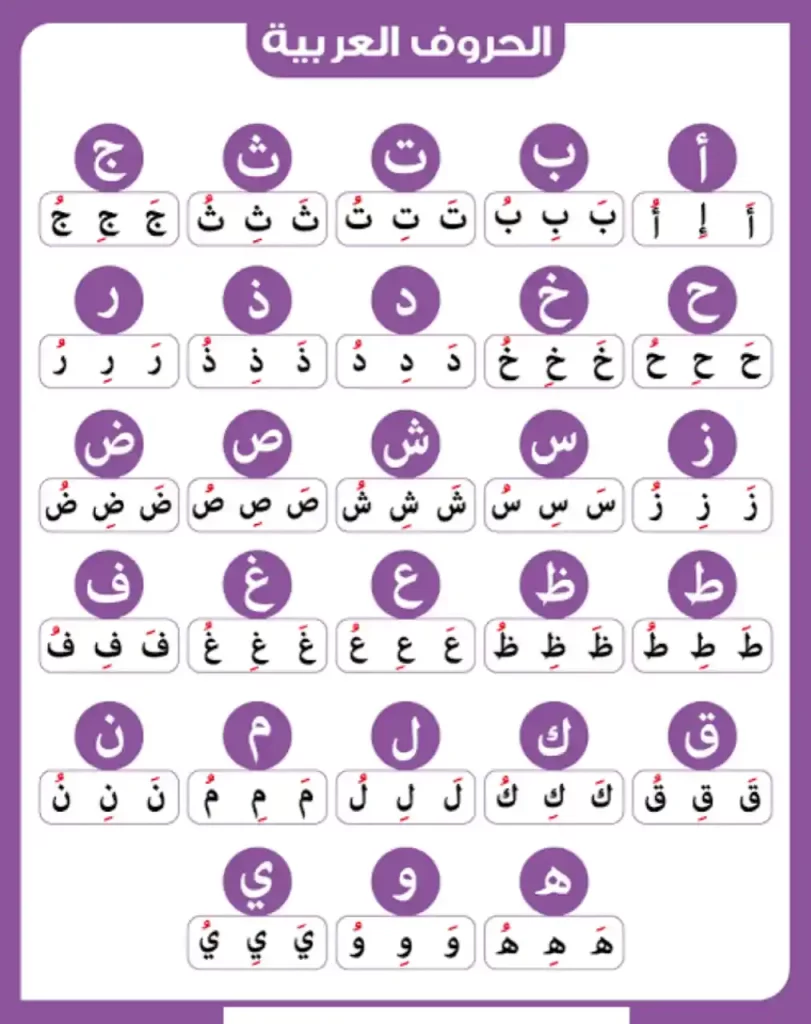
Arabic Long Vowels
Arabic long vowels are known as الْحَرَكَاتُ الطَّوِيلَة. They are represented by three letters that are saakinah (i.e. have a sukuun) over them. Long vowels are pronounced for about twice as long as short vowels.
How Many Long Vowels in Arabic?
There are three Arabic long vowels. They are: the alif, the yaa, and the waaw. The alif (ـا) is pronounced as [aa], the yaa (ـيـ) is pronounced as [ii], and the waaw (ـو) is pronounced as [uu].
In Arabic, these letters are also known as the weak letters (أَحْرُفُ العِلَّة) or the letters of prolongation (أَحْرُف المَدّ).
The alif ـا
The aliful madd is the long vowel lengthening the sound of the Fatha from ‘a’ into ‘aa’.
The alif, pronounced [aa], is called a long fatha because it is a prolonged fatha. It’s always saakina (has a sukuun over it), and the letter before it has to have a fatha over it.
As a result, because it is always saakina and must be preceded by a letter with a fatha over it, it never occurs at the beginning of words.
Examples
- Witness شَاهِد
- Writer كَاتِب
- Player لَاعِب
The yaa ـيـ
The yaa ـيـ is pronounced as [ii], it’s called a long Kasra since it is a prolonged kasra. Like the alif, it is always saakina (has a sukuun over it), and the letter that precedes it must have a kasra below it.
If the yaa occurs at the start of words, it is not a long vowel but a consonant.
Examples
- Beautiful جَمِيل
- Expert خَبِير
- Happy سَعِيد
The waaw ـو
Pronounced as [uu], the waaw ـو is a prolonged dhamma, so it is called a long dhamma. Like the other two long vowels, it is always saakina (i.e. has a sukuun over it), and the letter that precedes it must have a dhamma above it.
Given that is it is saakina and the letter preceding it has a dhamma over it, it, as a long vowel, never occurs at the beginning of words.
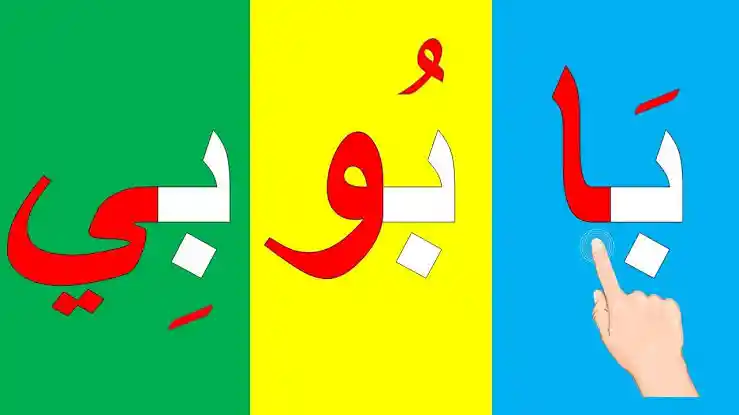
Example
- Sheep خَرُوف
- Garlic ثُوم
- Light نُور
Arabic Letters Vowels (Long Vowels)
| Arabic Letters | Alif | Yaa | Waaw |
| ا | آ | إِي | أُو |
| ب | بَا | بِي | بُو |
| ت | تَا | تِي | تُو |
| ث | ثَا | ثِي | ثُو |
| ج | جَا | جِي | جُو |
| ح | حَا | حِي | حُو |
| خ | خَا | خِي | خُو |
| د | دَا | دِي | دُو |
| ذ | ذَا | ذِي | ذُو |
| ر | رَا | رِي | رُو |
| ز | زَا | زِي | زُو |
| س | سَا | سِي | سُو |
| ش | شَا | شِي | شُو |
| ص | صَا | صِي | صُو |
| ض | ضَا | ضِي | ضُو |
| ط | طَا | طِي | طُو |
| ظ | ظَا | ظِي | ظُو |
| ع | عَا | عِي | عُو |
| غ | غَا | غِي | غُو |
| ف | فَا | فِي | فُو |
| ق | قَا | قِي | قُو |
| ك | كَا | كِي | كُو |
| ل | لاَ | لِي | لُو |
| م | مَا | مِي | مُو |
| ن | نَا | نِي | نُو |
| ه | هَا | هِي | هُو |
| و | وَا | وِي | وُو |
| ي | يَا | يِي | يُو |
In addition to the fatha, damma, and kasra, there are also other vowels in Arabic known as shadda and sukun.
Shadda is a double vowel and is represented by a small raised circle above the letter. It is used to indicate that the vowel sound is repeated.
Sukun is a vowel that indicates the absence of a vowel sound. It is represented by a small raised dot above the letter.
For example, the word “qalb” (heart) is written with the letter “q” followed by the letter “l” and the letter “b”. To make the word “qalb” pronounceable, a fatha is added above the letter “a” to represent the sound of the letter “a”.
However, if we want to indicate that the letter “b” does not have a vowel sound, we can add a sukun above the letter “b” to indicate that the vowel sound is absent. Therefore, the word “qalb” can be written as “قَلْب” in Arabic.
Vowels in Arabic are essential for the pronunciation of words and their proper usage is crucial for clear communication. They are often omitted in writing.
Advertisements

